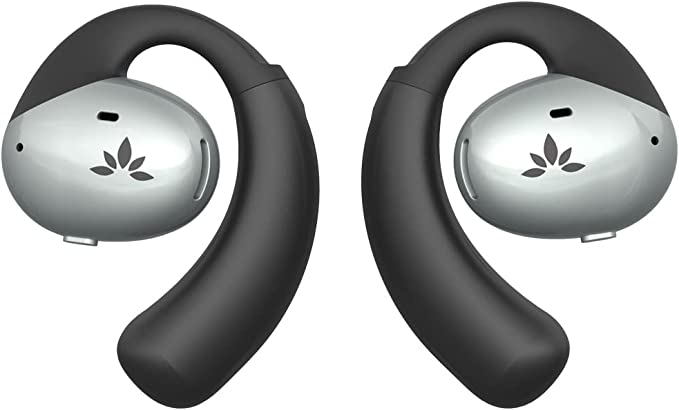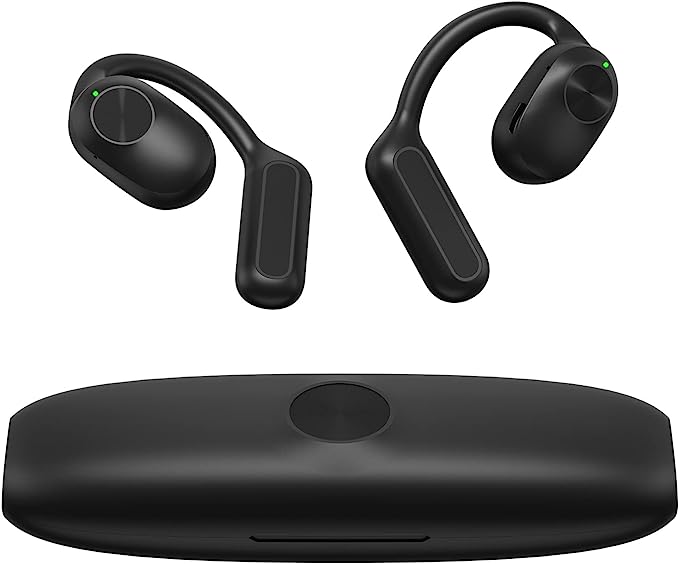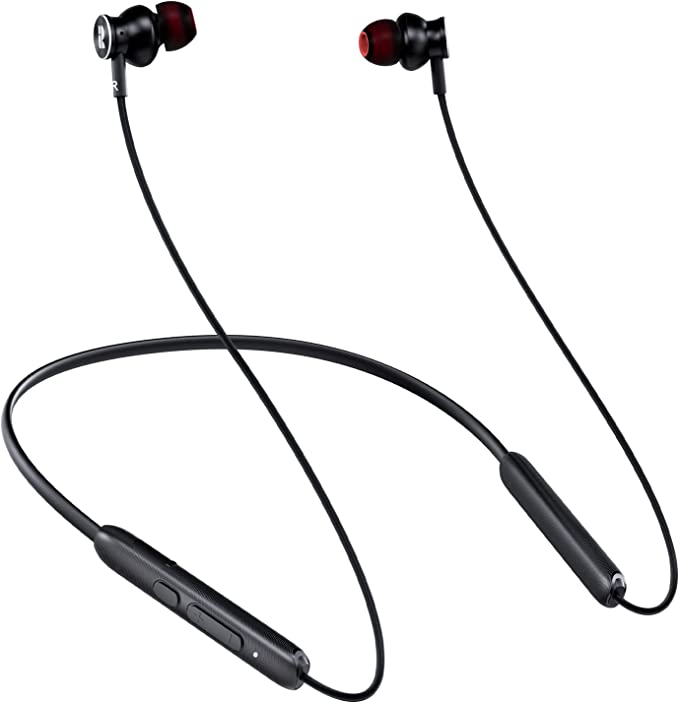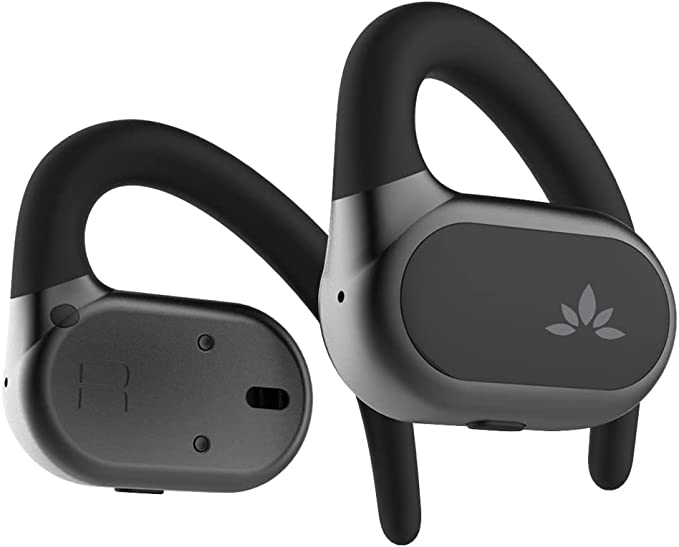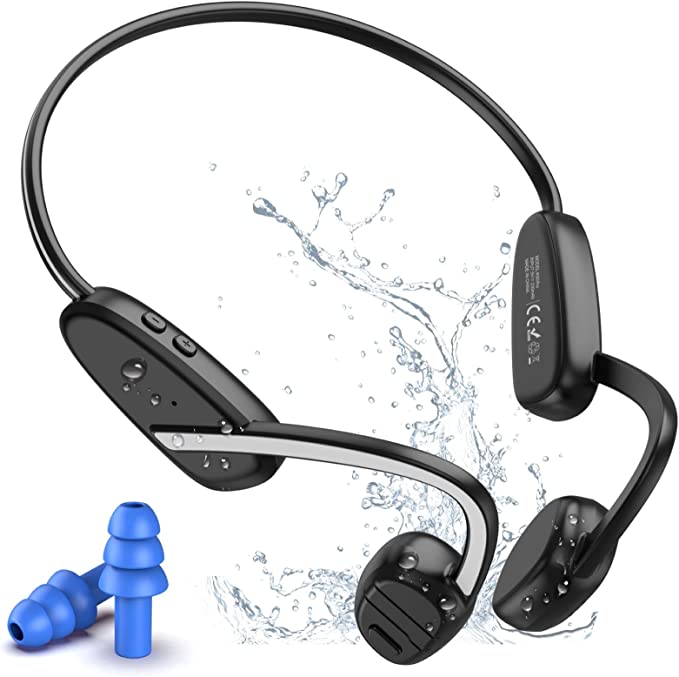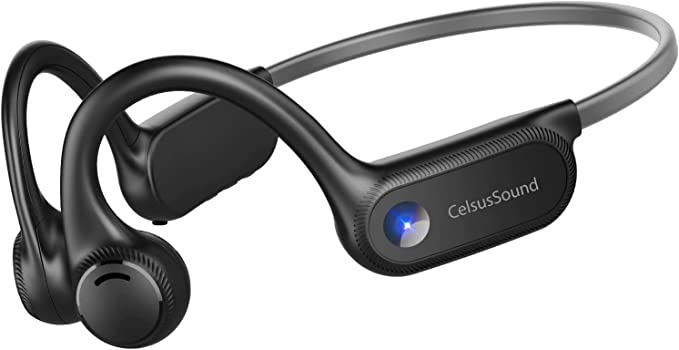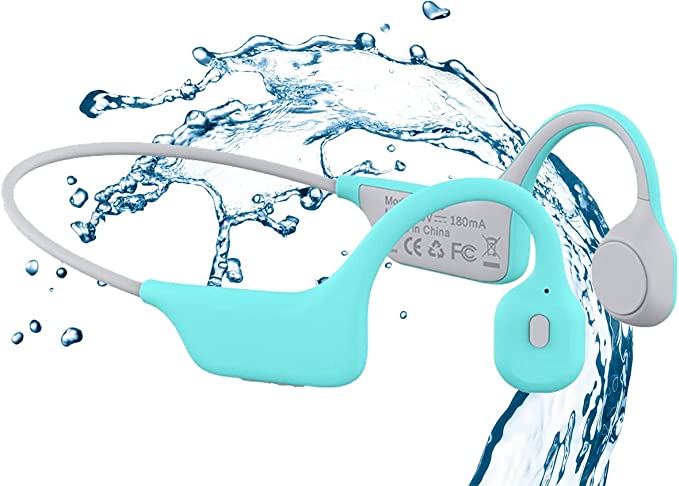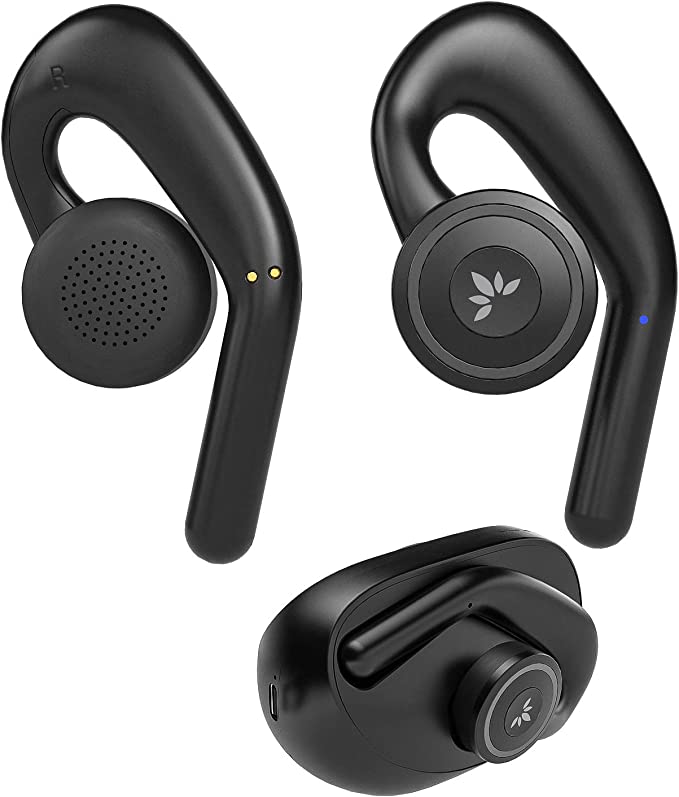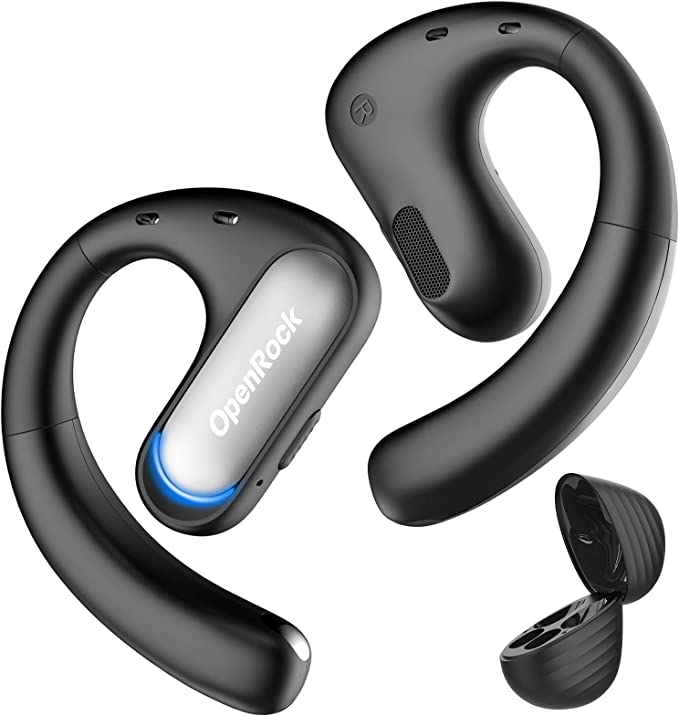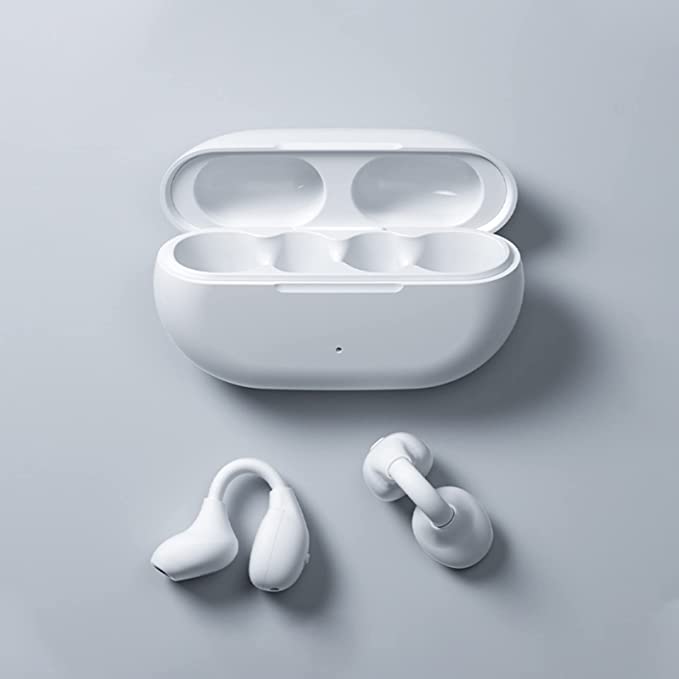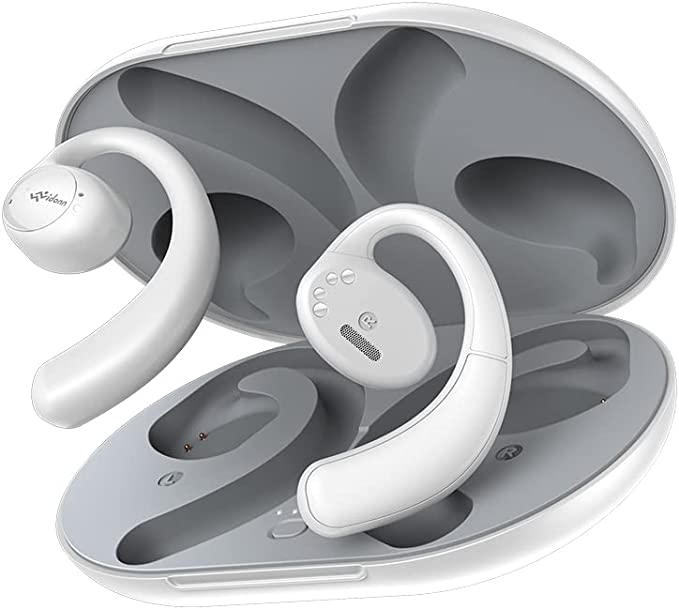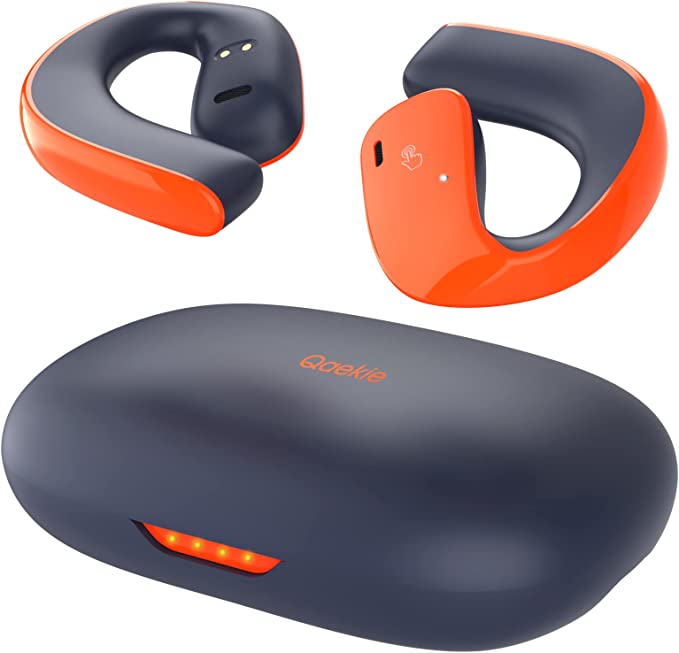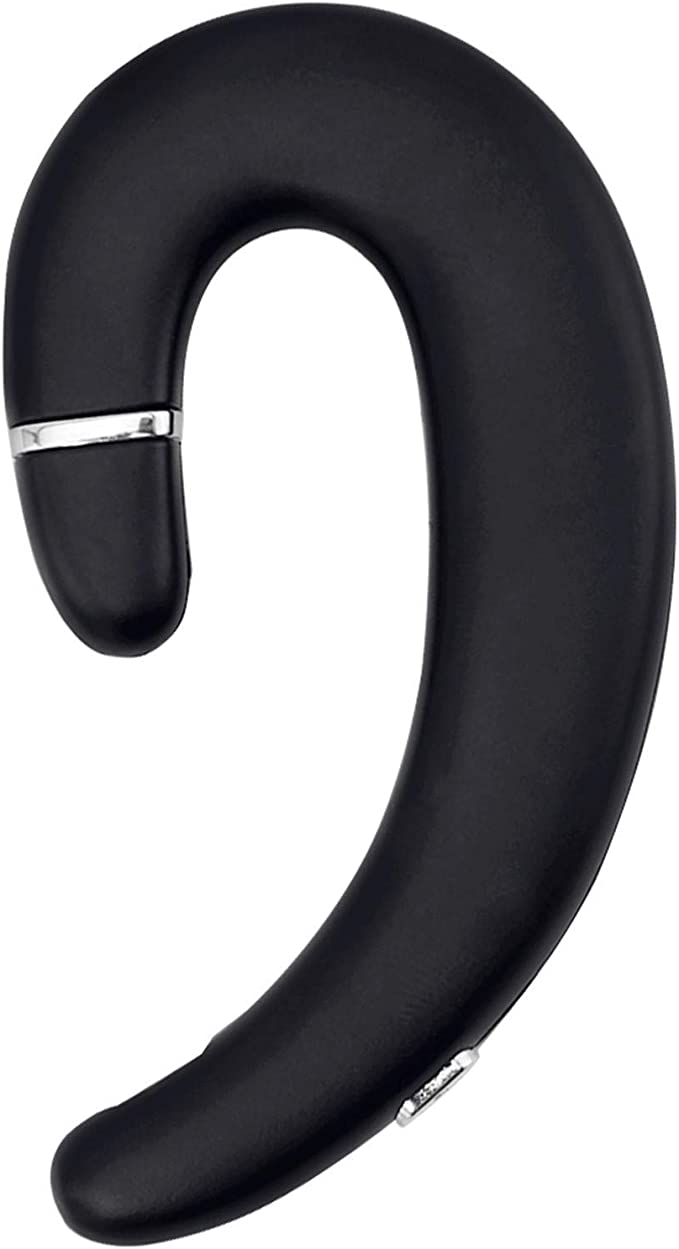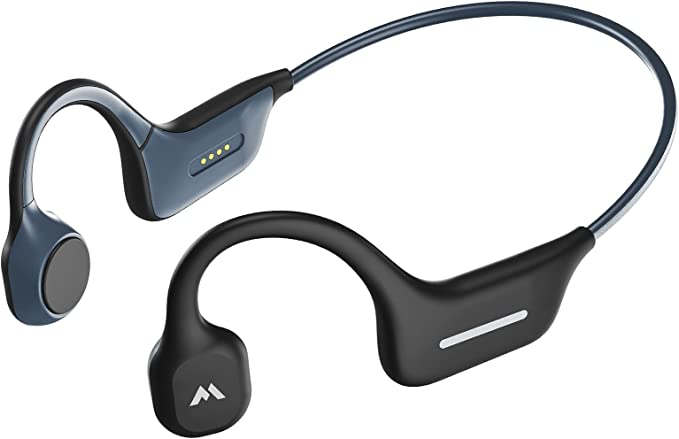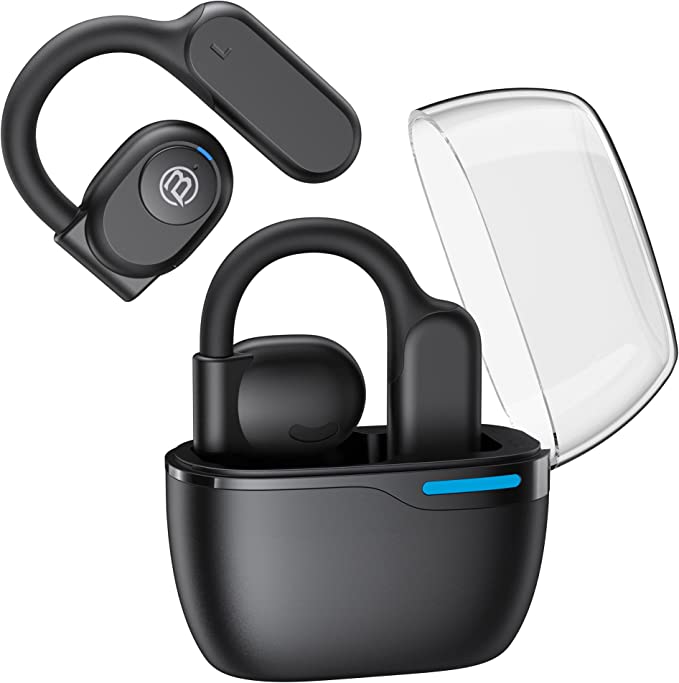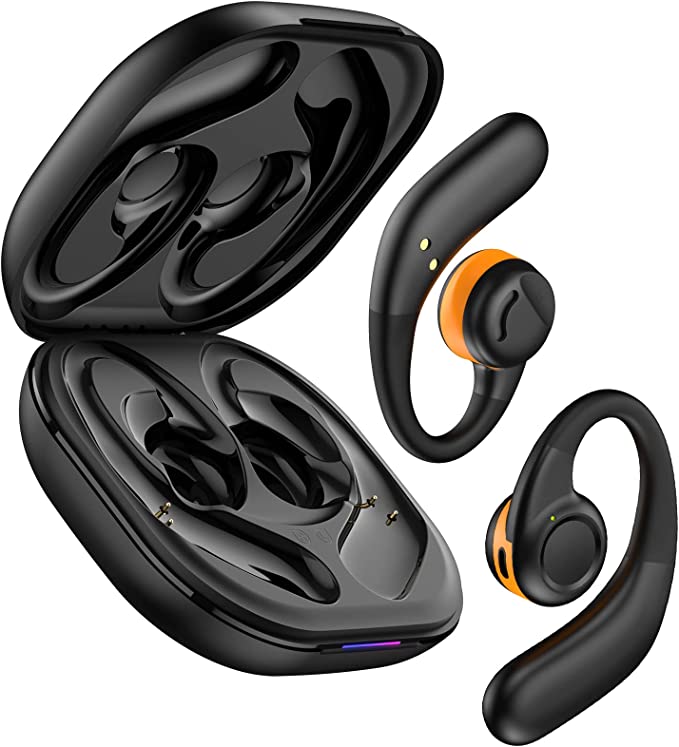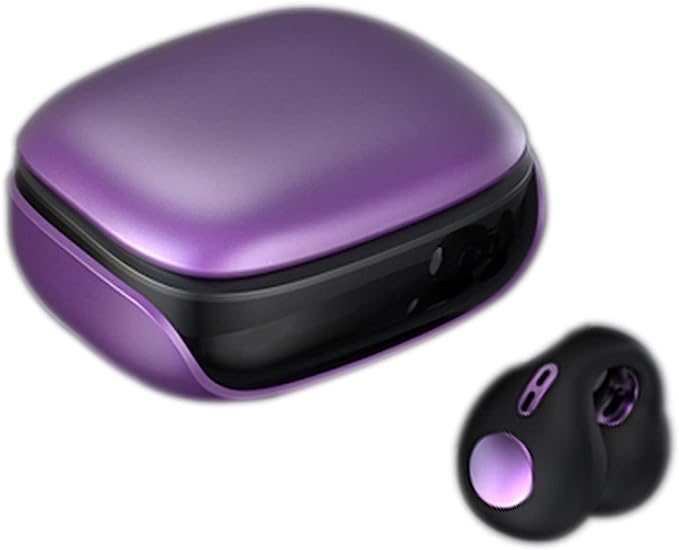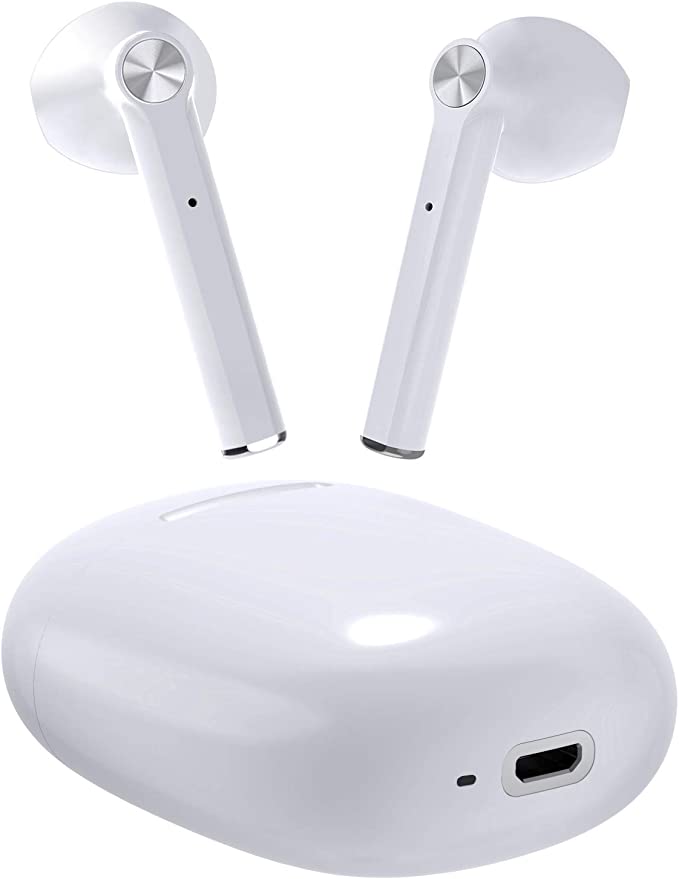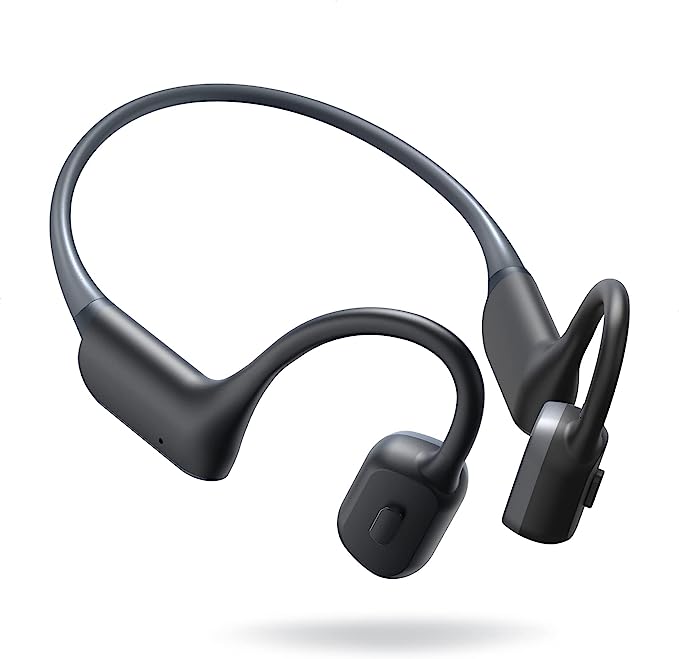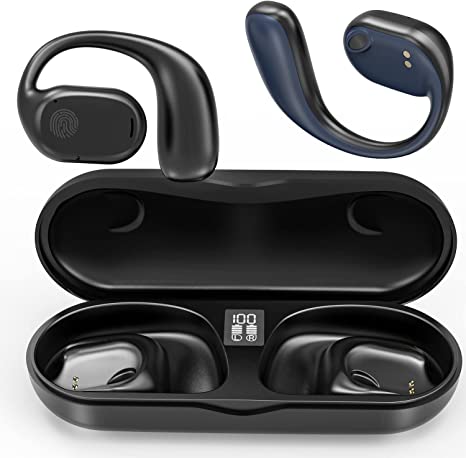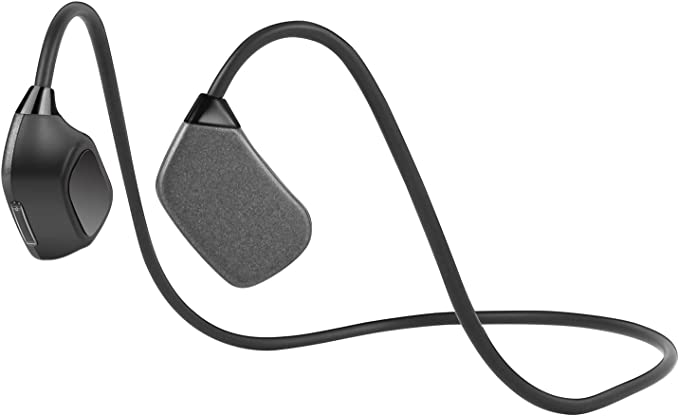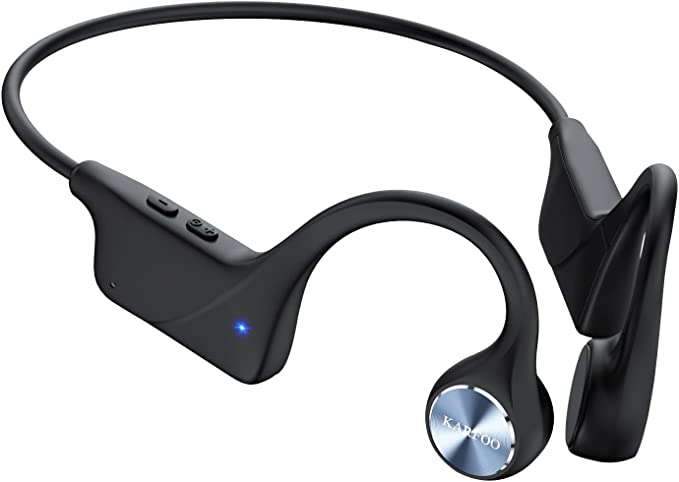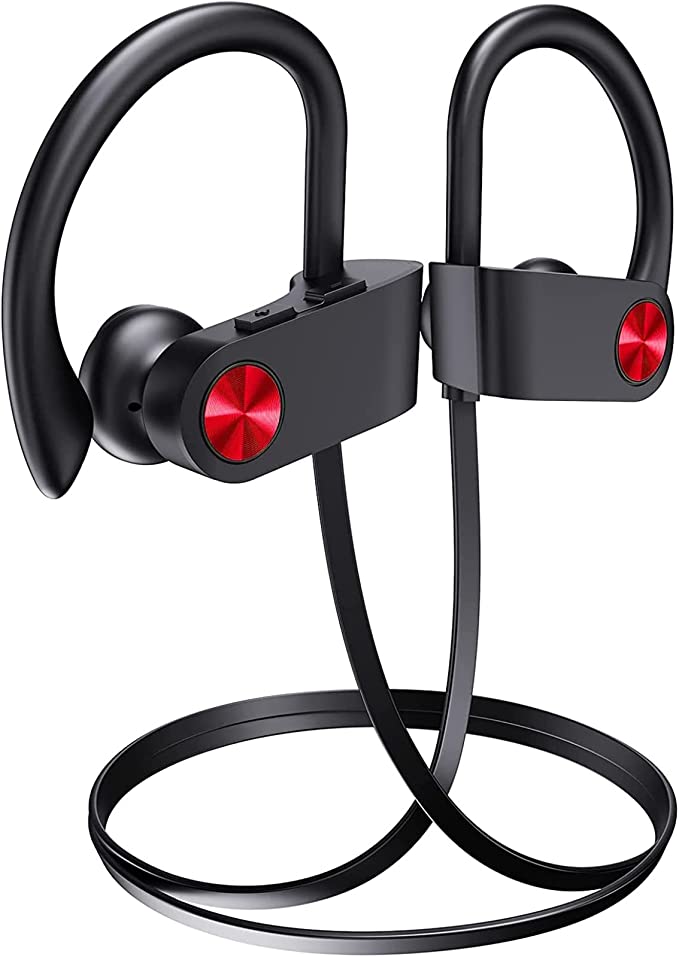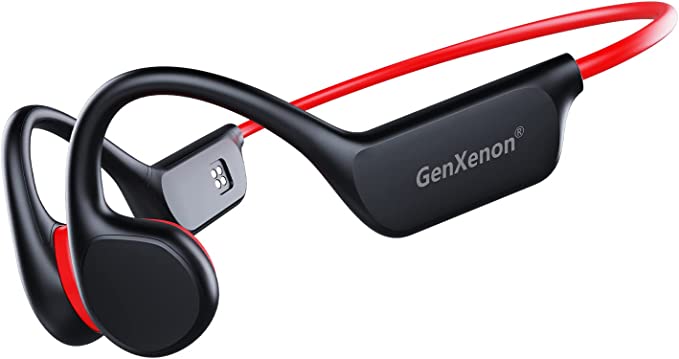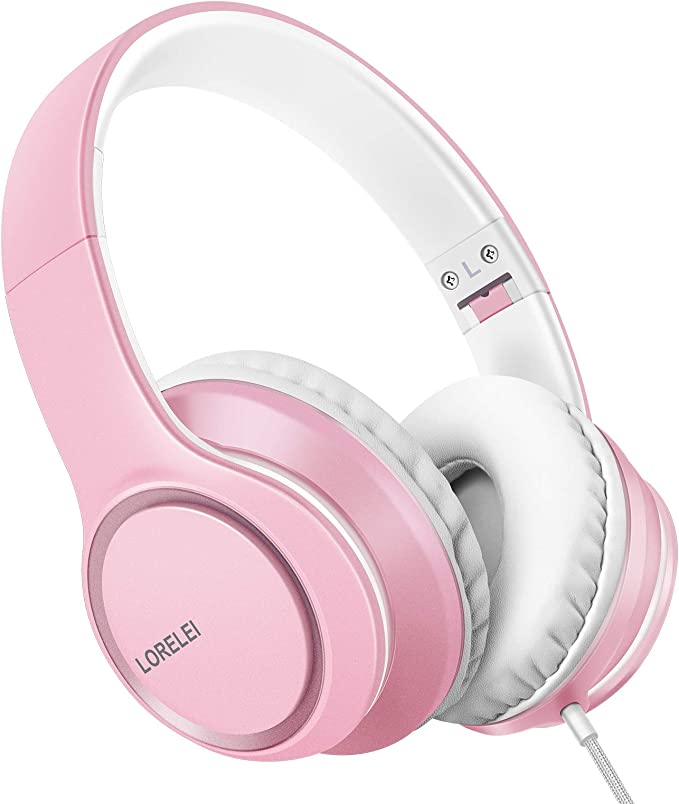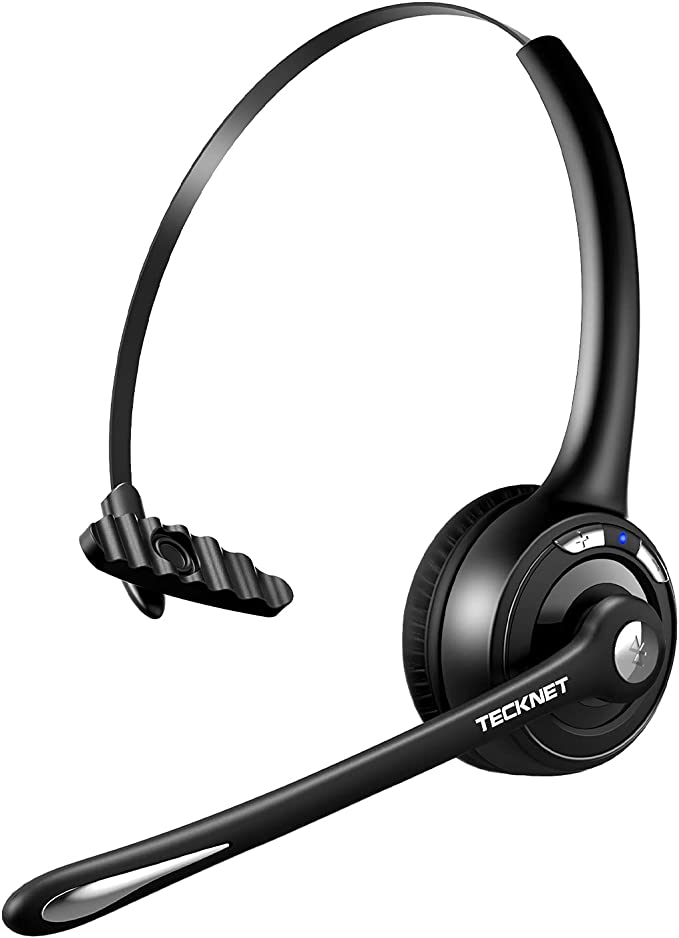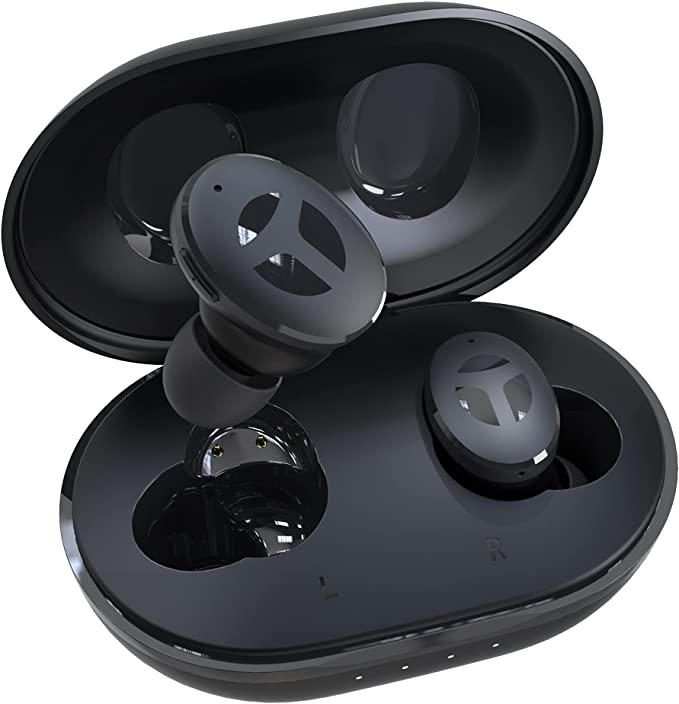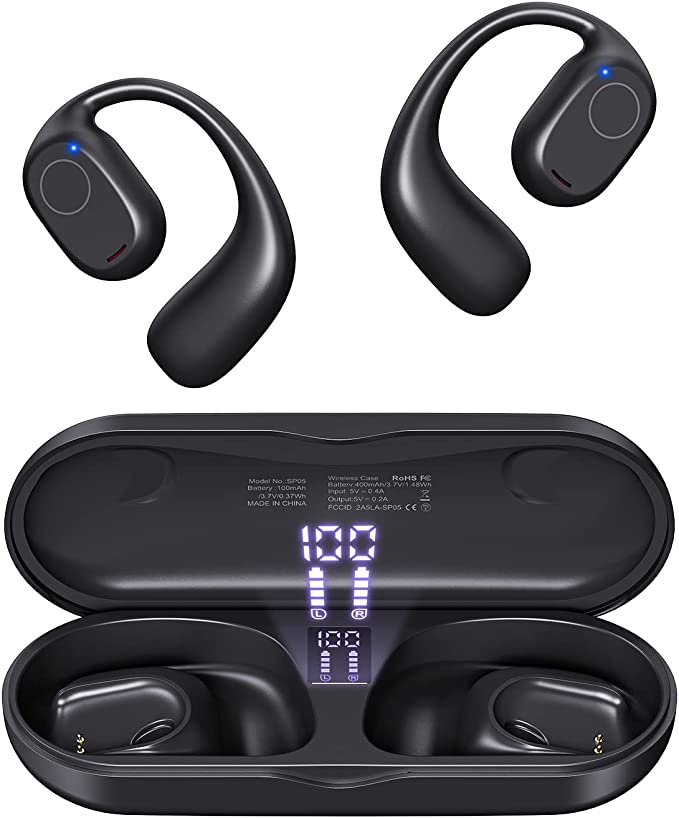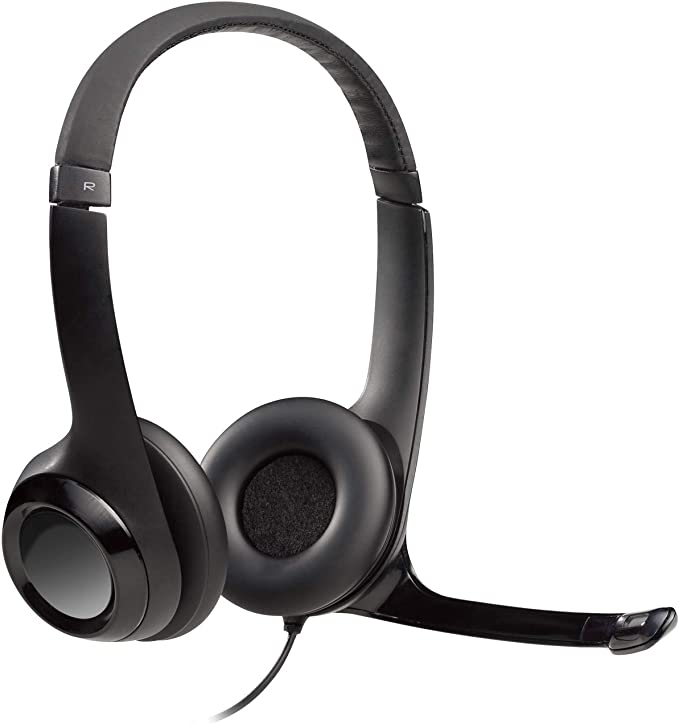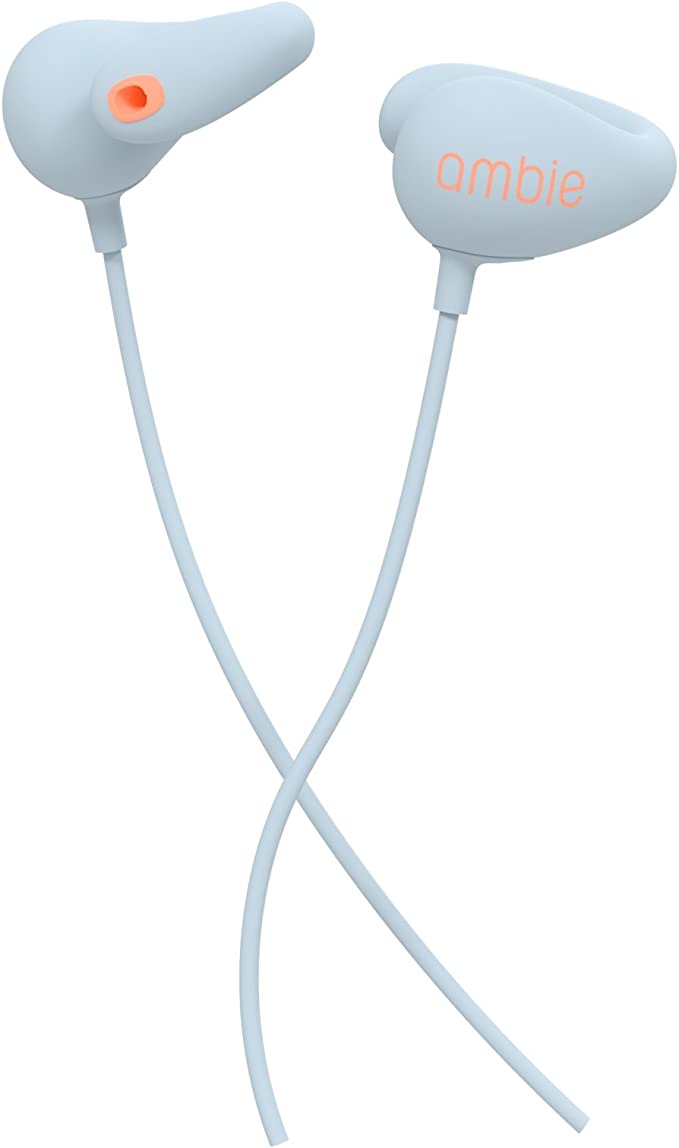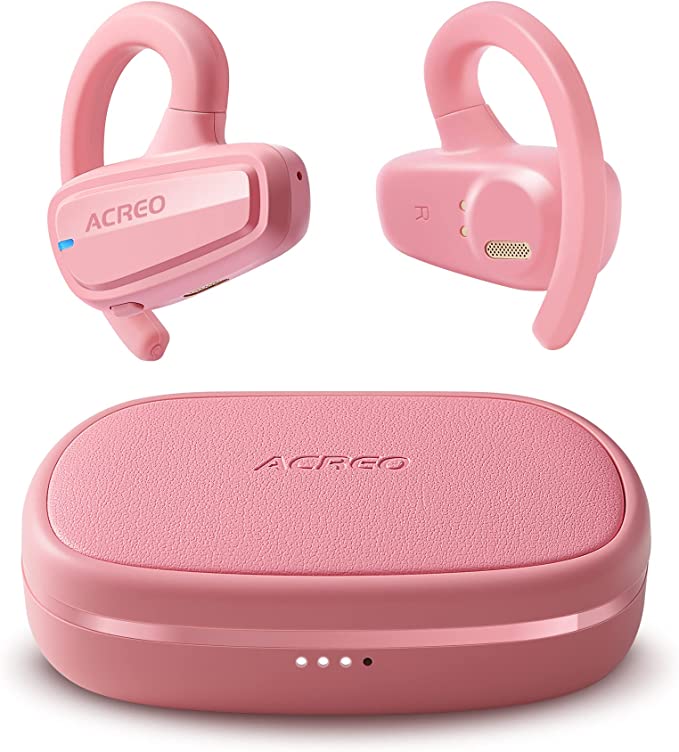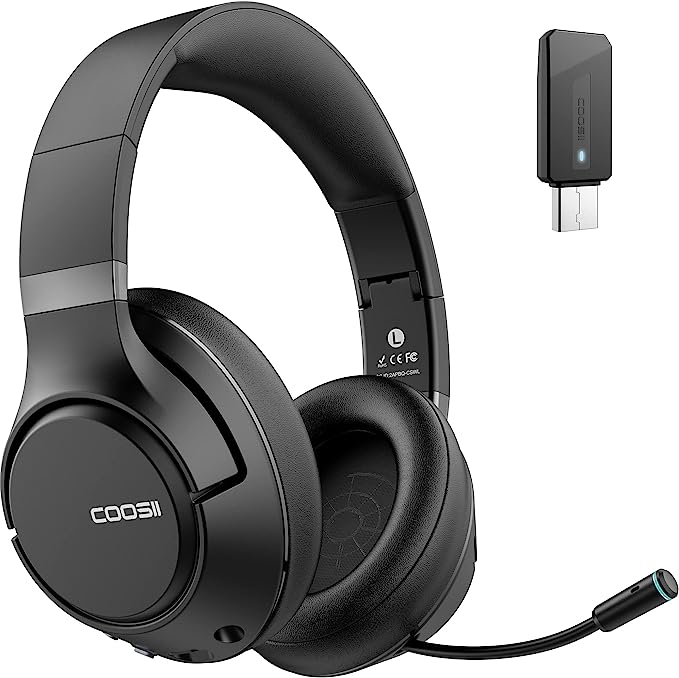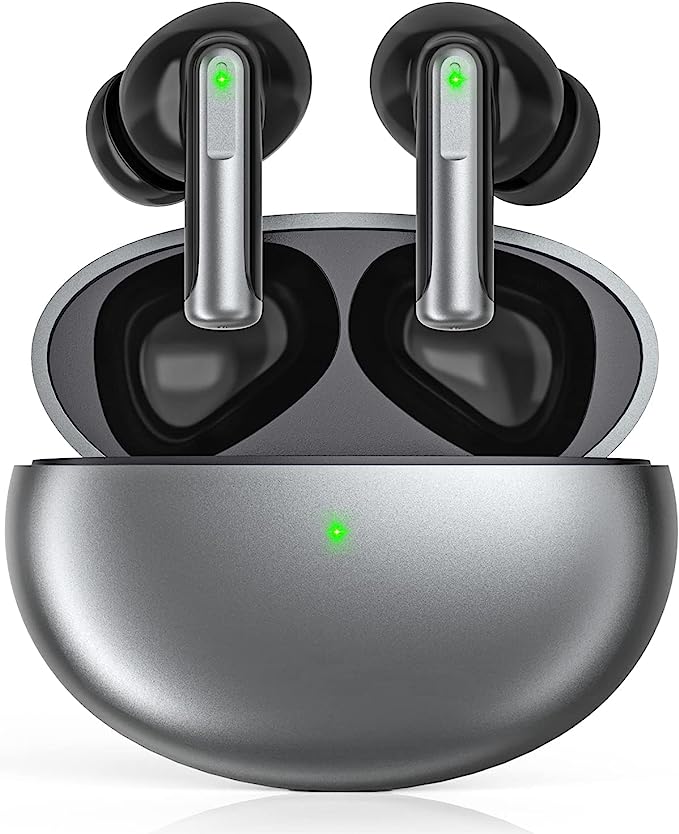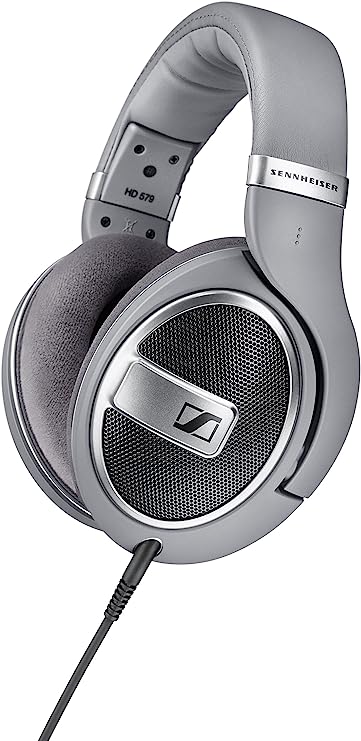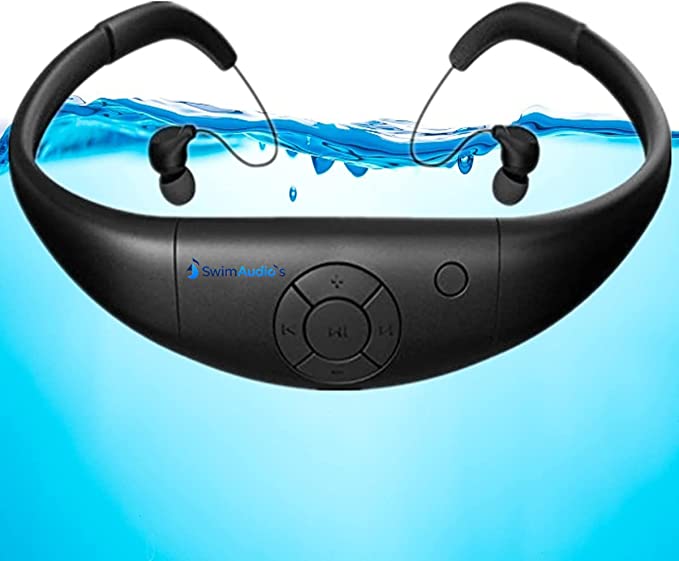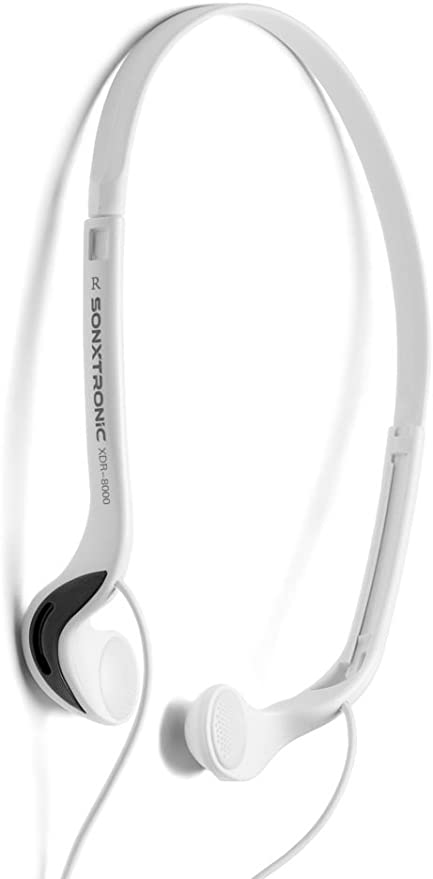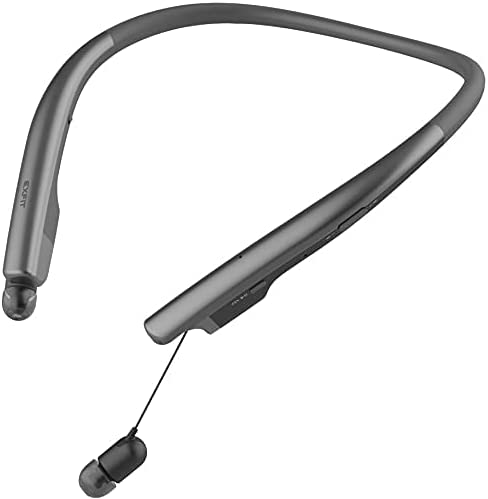ZAGRUS Clip-on Design 5.2 Wireless Bluetooth Headset: Feature-packed and Great Sounding In-Ear Headphones
Update on July 2, 2025, 2:04 p.m.
Think about the last time you were truly lost in a podcast, the host’s voice a warm, familiar presence in your ears. The outside world, with its traffic, chatter, and distractions, was silenced by the magic of your noise-cancelling earbuds. It was a perfect, private bubble of sound. And then, a flicker of movement in your peripheral vision—the delivery driver, looking exasperated, turning to leave your doorstep after you missed their call and knock. You were connected to a voice a thousand miles away, but disconnected from the person standing ten feet from your door.
In our multi-decade quest for sonic perfection, have we accidentally built insulating walls where we meant to have windows? This question is sparking a quiet revolution in personal audio. It’s a shift away from total immersion and towards a more harmonious coexistence with our surroundings. This movement is championed by a new wave of devices, like the ZAGRUS clip-on earbuds, that represent not just a new product category, but an entirely new philosophy of listening.

From Private Bubbles to Panoramic Soundscapes
Our journey with personal audio began in 1979 with the Sony Walkman TPS-L2. For the first time, we could curate a private soundtrack to our lives, painting over the mundane gray of a city bus ride with the vibrant colors of our favorite album. It was liberating. It was also isolating. The iconic orange foam headphones became a symbol of the urbanite, physically present but mentally elsewhere. For forty years, the technological trajectory was largely about deepening that isolation: bigger headphones for better bass, tighter-fitting earbuds for more passive noise-blocking, and finally, active noise cancellation (ANC) to digitally erase the world.
But a counter-current was forming. We began to notice the downsides of living in a sound-proof bubble. The social awkwardness of not hearing a colleague’s greeting. The safety hazard of not hearing a bicycle bell on a busy path. The sheer physical discomfort of having silicone tips jammed into our ear canals for eight hours a day. The solution, it turns out, was not to build better walls, but to design better windows. Open-ear audio, in forms like bone conduction, over-ear hooks, and elegant clip-on designs, doesn’t plug your ear. It rests near it, leaving your ear canal completely open to the world.

The Science of Un-blocking Your Ears
To understand why this is such a profound change, we need a quick lesson in ergonomics and anatomy. Your outer ear, the cartilaginous part known as the pinna, is not just for holding up sunglasses. It’s a masterfully evolved sound funnel, uniquely shaped to capture ambient sounds and help your brain determine their direction and distance.
When you seal your ear canal with a traditional earbud, two uncomfortable things happen. First, you create pressure and often, after a few hours, a sore, fatigued feeling. Second, you trigger the “occlusion effect,” a phenomenon familiar to anyone who dislikes the sound of their own voice on a recording. By blocking the ear canal, you trap body-generated sounds—your own breathing, chewing, even your footsteps resonating through your jawbone—and they become unpleasantly amplified. It’s a low-grade, persistent distraction.
Clip-on designs elegantly sidestep this entire problem. By resting on the outside of the ear, they leave the pinna and ear canal free to do their natural job. There is no pressure, no occlusion effect. It’s the difference between being in a stuffy, sealed room and being in a room with a fresh, open window. This anatomical respect is the foundation of all-day comfort.

The Invisible Architecture: How Modern Tech Makes Openness Possible
This liberating design would be impossible without a suite of miniaturized, hyper-efficient technologies working in concert. It’s an invisible architecture supporting a feeling of weightlessness.
The King’s Accord: Bluetooth 5.2’s Quiet Efficiency
Bluetooth technology was famously named after Harald “Bluetooth” Gormsson, a 10th-century Viking king renowned for uniting the Danish tribes. Fittingly, its modern purpose is to unite our myriad devices without the clutter of cables. But for tiny hearables, the challenge has always been power. The introduction of Bluetooth 5.2 and its associated LE Audio (Low Energy) standard was a watershed moment.
Think of it this way: older Bluetooth was like a classic muscle car—powerful, but a notorious gas-guzzler. For a small device with a minuscule battery, this was a huge problem. LE Audio, with its advanced LC3 codec, is the equivalent of a sophisticated hybrid engine. It delivers high-quality audio using significantly less power. This incredible efficiency is the secret sauce that allows a feather-light earbud, with a battery claimed to be as small as 35mAh, to last for hours on end, finally making all-day, unobtrusive listening a practical reality.
The Spotlight Operator: The Magic of CVC for Clear Calls
One of the great misunderstandings in audio tech is the difference between ANC and CVC. The ZAGRUS headset, for instance, lists CVC 8.0 (Clear Voice Capture). They are not the same; in fact, they do opposite jobs.
Imagine you’re the lead singer on a noisy stage. Active Noise Cancellation is for your benefit; it’s like giving you, the singer, a pair of high-tech earplugs to block out the roaring crowd so you can focus. CVC, on the other hand, is for the audience’s benefit. It’s a smart algorithm that acts like a spotlight operator for the microphone. It’s been trained to recognize the specific frequencies and patterns of your voice. When you speak, it puts a tight, bright spotlight on you, while dimming the lights on the chaotic background noise. The result? The person on the other end of the call hears your voice in crystal-clear isolation, not the cacophony of the café or train station you’re in. It doesn’t silence the world for you; it plucks your voice out of the noise for others.
The Weatherproof Seal: What IPX5 Really Protects You From
Life is unpredictable. A sunny jog can turn into a downpour; a workout will inevitably involve sweat. The IP Code (Ingress Protection) is the universal standard for a device’s resilience. For a rating like IPX5: the ‘X’ means it hasn’t been rated for dust, but the ‘5’ is crucial. It signifies protection against low-pressure water jets from any angle. This means it can confidently shrug off sweat, rain, and even a gentle rinse under the tap. It’s not a diving suit for swimming, but it’s the reliable, all-weather raincoat that your daily adventures demand.
Living in the Mix: The Value of Aural Transparency
The convergence of these technologies creates something greater than the sum of its parts: a state of “aural transparency.” It’s the ability to live in the mix, layering your personal audio onto the soundtrack of reality. This has profound real-world value.
For the urban cyclist, it’s a life-saving safety feature, allowing them to hear an approaching car while still getting navigation cues. For the parent working from home, it’s the freedom to be present in a virtual meeting while remaining attuned to the sounds of their child playing in the next room. For the modern office worker, it means an end to the constant, disruptive ritual of pulling an earbud out to engage in a spontaneous conversation. It fosters a more fluid, less-siloed existence, both socially and professionally. This philosophy is the very heart of ambient computing, where technology aims to enhance our reality, not replace it.
Conclusion: Finding Your Frequency
So, have we built walls or windows? The answer, it seems, is that we are finally learning to choose. The relentless pursuit of perfect isolation is giving way to a more nuanced understanding of our auditory needs. The rise of open-ear audio is a powerful testament to this shift. It acknowledges that the unscripted sounds of life—the laughter of a friend, the chirping of birds, the gentle hum of a city—are not noise to be cancelled, but data to be cherished.
The ultimate purpose of personal technology is not to help us escape the world, but to help us navigate it more beautifully. The next revolution in audio isn’t about higher fidelity sound; it’s about higher fidelity life. It’s about finding the perfect frequency where your favorite album can play in harmony with the rhythm of the world, and you don’t have to miss a beat of either.

